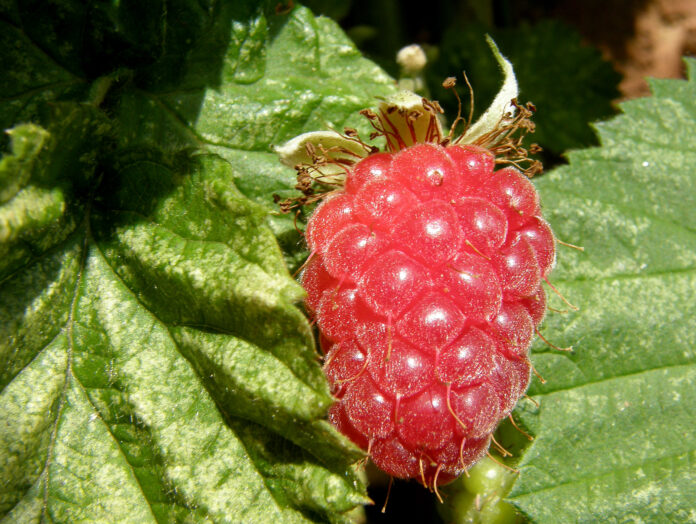The loganberry is a unique hybrid fruit, created accidentally in the late 19th century when a raspberry and a blackberry plant crossed in the garden of horticulturist James Harvey Logan in California. The berry inherits characteristics from both parent species, with a vibrant, deep red-purple color and a flavor that is rich and slightly tangy, blending the sweetness of raspberries with the tartness of blackberries.
Interesting Facts About Loganberries:
- Origin and Discovery: The loganberry is a hybrid fruit created in 1881 by James Harvey Logan, a California lawyer and horticulturist, through an accidental crossbreeding of a blackberry and a red raspberry. This was an attempt to create a superior berry for commercial cultivation.
- Unique Flavor Profile: Loganberries offer a distinct taste that combines the sweet and tart flavors of both parent berries. Their flavor is described as being more robust than raspberries and less sweet than blackberries, with a juicy and wine-like quality.
- Color and Texture: The fruit is deep red to maroon when ripe, with a somewhat rough, hairy texture. Its juice is very dark and has been used to create beverages, especially in the Pacific Northwest.
- Nutritional Value: Loganberries are rich in vitamin C, vitamin K, and dietary fiber. They contain antioxidants that help neutralize free radicals in the body, offering potential health benefits like boosting the immune system and reducing inflammation.
- Loganberry Wine Production: One notable record in the loganberry world comes from loganberry wine production in the Pacific Northwest, where some vineyards have gained recognition for their high-quality, award-winning loganberry wines. The region continues to celebrate this unique fruit with events and contests centered around wine and juice production.
- Commercial Juice Popularity: Loganberry juice became a regional icon in Niagara Falls, New York, where it’s sold in massive quantities every year. It has become such a trademark beverage that it’s a must-try for visitors to the area.
- Growing Conditions: These berries thrive in temperate climates and prefer well-drained, slightly acidic soil. They are relatively hardy plants and can withstand some frost, making them suitable for cooler regions.
- Culinary Uses: Loganberries are versatile in the kitchen. They can be eaten fresh, but are commonly used in making jams, jellies, desserts, and beverages. In some regions, they are even used in making wine.
- Harvest Season: Loganberries are typically harvested from mid-summer to early autumn. They must be picked at peak ripeness since they do not ripen further after harvesting.
- Storage and Shelf Life: Unlike some other berries, loganberries have a shorter shelf life. They need to be consumed or processed quickly to avoid spoilage, as their delicate skin is prone to damage.
- Accidents in Growth: Loganberry plants occasionally revert to their parent plants’ characteristics, producing berries that resemble blackberries more closely. This can be due to genetic instability in the hybrid plant.
- Drought Tolerance: The plants are relatively drought-resistant once established, though they still require consistent moisture during the fruiting season to produce high-quality berries.
